
People love to move quickly. It is equal parts the desire to reach a destination faster and the desire for the thrill. Track meets, drag races, and fighter jet displays are just some of the methods used to achieve the thrills of speeding. However, the thrill of speeding drivers pose a detriment to your business when they make up your workforce.
Issues Speeding Presents to the Workforce
Speeding subjects vehicles to greater rates of fuel consumption. 55mph is widely accepted to be the most fuel-efficient speed for a vehicle. Reaching speeds greater than 55mph results in a decrease in efficiency of a vehicle’s fuel consumption. Every five miles per hour increment above 55 increases the rate at which fuel is consumed by 5%. If a driver is clocking speeds of 75mph, they are burning fuel at a rate of 20% more than what is considered fuel-efficient. Consistent speeding consumes 30% of a tank of gas, reducing fuel efficiency to 60% for a single vehicle. Assuming the average price of a gallon of gas is $2, we can conclude how much a 15-gallon tank of one of the vehicles within your fleet would cost.
$2 per gallon
X 15 gallons of gas
$30
If a single tank is fifteen gallons, we can derive how many gallons are consumed by consistent speeding:
15 gallons of gas
X .30 percent of tank consumed by speeding
4.5 gallons consumed by speeding
A single vehicle within your fleet alters its fuel economy through speeding to the point where 4.5 gallons of its fifteen-gallon fuel tank are consumed inefficiently. With the average cost of a gallon of gas at $2, that is $9 of every tank of gas being mismanaged. If you fill up that vehicle once a week, your speeding driver is burning $468 over the course of a 52-week year. If we impose these figures onto a 100-vehicle fleet, your business will be burdened with $46,800 worth of misused fuel due to speeding!
Speeding drivers do not only cause an inefficient use of fuel, but also a negative impact on your company’s reputation. Because drivers do not operate their personal vehicles throughout the workday, whatever actions they take while operating their work vehicles directly affects your company’s reputation. Your employee speeding with little-to-no regard for consequences inadvertently relays a negative message about your company and its culture towards your customer base.
Consistent speeding also leaves its mark on your vehicle’s integrity. Subjecting your vehicle’s engine to higher output causes it to generate greater levels of heat. While operating within a city where a driver will start and stop their vehicle numerous times en route to their destination, the engine will not receive a constant influx of cool air to reduce its temperature. Additionally, to maintain control of the vehicle after reaching reckless speeds, the driver must engage the brakes more often and sometimes suddenly. This increased stress opens your vehicle’s brakes up to warping and possibly requiring a full replacement.
Actsoft’s software provides managers with the ability to monitor their employee’s location and the speed they are traveling at effectively. Once speed parameters have been established, they can receive an emailed alert should a driver exceed the designated speed threshold. The software is robust enough to provide information on instances of hard acceleration or hard braking that occur while the driver is operating the vehicle, giving the opportunity to take proactive action against speeding in the workforce before it gets out of hand.
The impact speeding has on your company is nothing short of negative. An unchecked culture of speeding creates the opportunity for profit to escape your grasp through inefficient fuel consumption, negative consumer experiences, and expedited wear-and-tear. Establishing a system that alerts you when your drivers are speeding is only one way to curtail speeding habits before they grow into hemorrhages in your business operations.
Have any questions on how Actsoft can help you?
Call (888) 732-6638 or Receive a Live Webinar

















 Encore & Geotab Drive
Encore & Geotab Drive
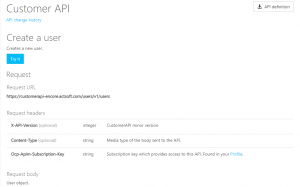
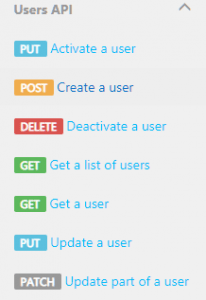


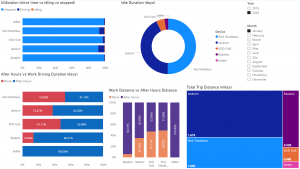
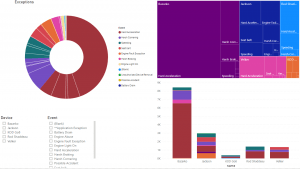
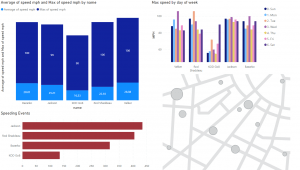
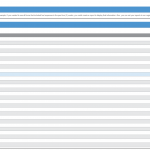
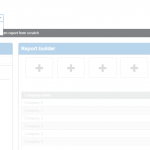
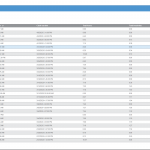
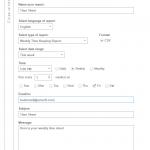






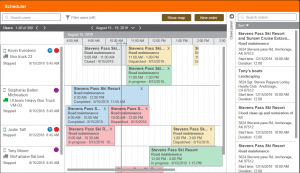



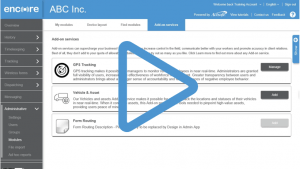
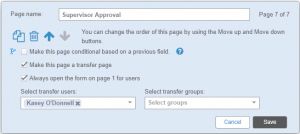
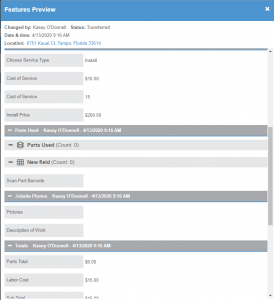
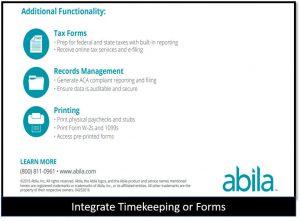
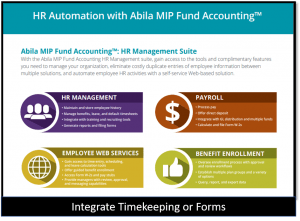

 Gain even greater insight into the daily activities of your fleet using the combination of Geotab and Actsoft. Geotab devices provide detailed data collection and seamless integration with our solutions; learn more about the ways your vehicles are being used daily with the power of this tandem.
Gain even greater insight into the daily activities of your fleet using the combination of Geotab and Actsoft. Geotab devices provide detailed data collection and seamless integration with our solutions; learn more about the ways your vehicles are being used daily with the power of this tandem.



 Actsoft partnered with Odin to provide our solutions overseas, through payment processing integrations. Odin helps us support user management for our software; customers can also purchase our products through Odin’s billing platform.
Actsoft partnered with Odin to provide our solutions overseas, through payment processing integrations. Odin helps us support user management for our software; customers can also purchase our products through Odin’s billing platform.

 VisTracks powers our Electronic Logging Device (ELD) solution, which enables transportation businesses to easily automate their hours of service logs, remain in governmental compliance, and reduce their potential to incur costly fines.
VisTracks powers our Electronic Logging Device (ELD) solution, which enables transportation businesses to easily automate their hours of service logs, remain in governmental compliance, and reduce their potential to incur costly fines. Integration between Actsoft solutions and BeWhere’s software products is available. Take your team’s asset tracking, cellular data connectivity, and field insight a step further with effective, cross-application compatibility.
Integration between Actsoft solutions and BeWhere’s software products is available. Take your team’s asset tracking, cellular data connectivity, and field insight a step further with effective, cross-application compatibility.
 CalAmp tracking devices for vehicles and assets alike are compatible with Actsoft solutions, making it easy for you to efficiently monitor your equipment and fleet cars. Help your team enhance accountability, safety, and savings through a combination of easily installed hardware and intuitive software.
CalAmp tracking devices for vehicles and assets alike are compatible with Actsoft solutions, making it easy for you to efficiently monitor your equipment and fleet cars. Help your team enhance accountability, safety, and savings through a combination of easily installed hardware and intuitive software.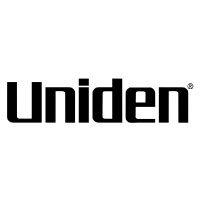 Our partnership with Uniden is ideal for companies looking to gain advanced diagnostics on their fleets. Uniden’s extensive product listing of car electronics like radios, dash cams, radar detectors, and in-vehicle communicators work in concert with Actsoft’s solutions to better connect your vehicles to the company headquarters.
Our partnership with Uniden is ideal for companies looking to gain advanced diagnostics on their fleets. Uniden’s extensive product listing of car electronics like radios, dash cams, radar detectors, and in-vehicle communicators work in concert with Actsoft’s solutions to better connect your vehicles to the company headquarters.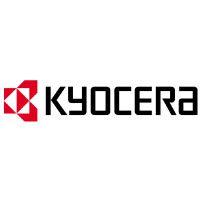 Kyocera offers a wide range of mobile devices, ranging in design from traditional phones to ultra-durable handset technology. Actsoft is able to equip organizations in a variety of different industries with solutions for improved business, while Kyocera supplies the technology they can flawlessly operate on.
Kyocera offers a wide range of mobile devices, ranging in design from traditional phones to ultra-durable handset technology. Actsoft is able to equip organizations in a variety of different industries with solutions for improved business, while Kyocera supplies the technology they can flawlessly operate on.

 Our software is the perfect complement to Apple’s user-friendly technology. Equip your workforce with the devices and solutions it needs for optimized productivity during daily operations with Apple and Actsoft.
Our software is the perfect complement to Apple’s user-friendly technology. Equip your workforce with the devices and solutions it needs for optimized productivity during daily operations with Apple and Actsoft.
 Actsoft and Sanyo teamed up to merge intuitive business management software with the technology of today. This partnership allows us to provide you with all the tools your team needs for improved workflows, better coordination, and optimized productivity.
Actsoft and Sanyo teamed up to merge intuitive business management software with the technology of today. This partnership allows us to provide you with all the tools your team needs for improved workflows, better coordination, and optimized productivity. Motorola’s mobile technology works in tandem with our solutions to provide extra versatility to your business practices. Coupled with our software’s features, Motorola’s reliable devices make connecting your workforce simpler than ever to do.
Motorola’s mobile technology works in tandem with our solutions to provide extra versatility to your business practices. Coupled with our software’s features, Motorola’s reliable devices make connecting your workforce simpler than ever to do. We’re able to bundle certain solutions of ours (including our Electronic Visit Verification options) with Samsung devices to help your team achieve as much functionality as possible, while keeping rates affordable. Use these combinations for accurate recordkeeping, improved communication, and smarter data collection in the field.
We’re able to bundle certain solutions of ours (including our Electronic Visit Verification options) with Samsung devices to help your team achieve as much functionality as possible, while keeping rates affordable. Use these combinations for accurate recordkeeping, improved communication, and smarter data collection in the field.